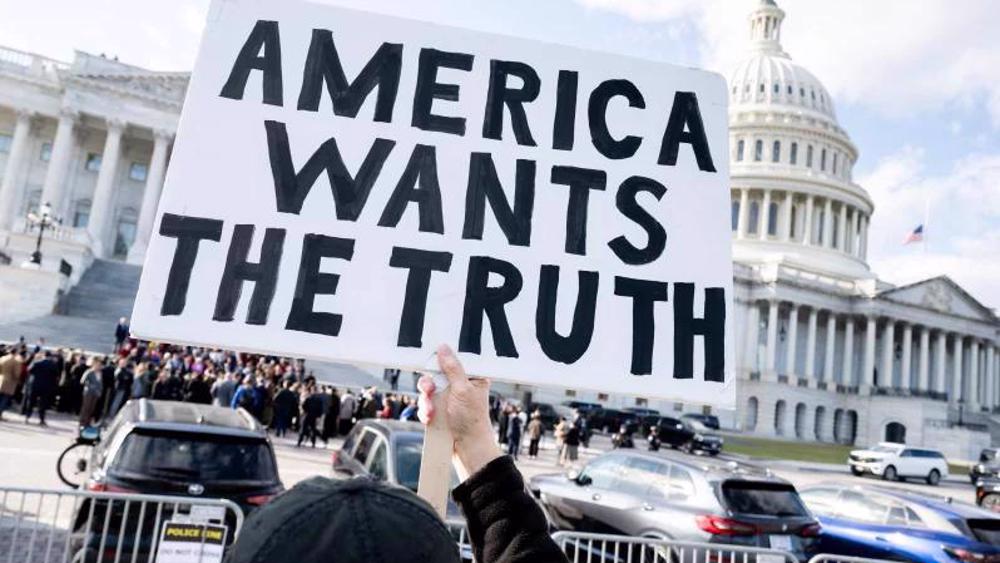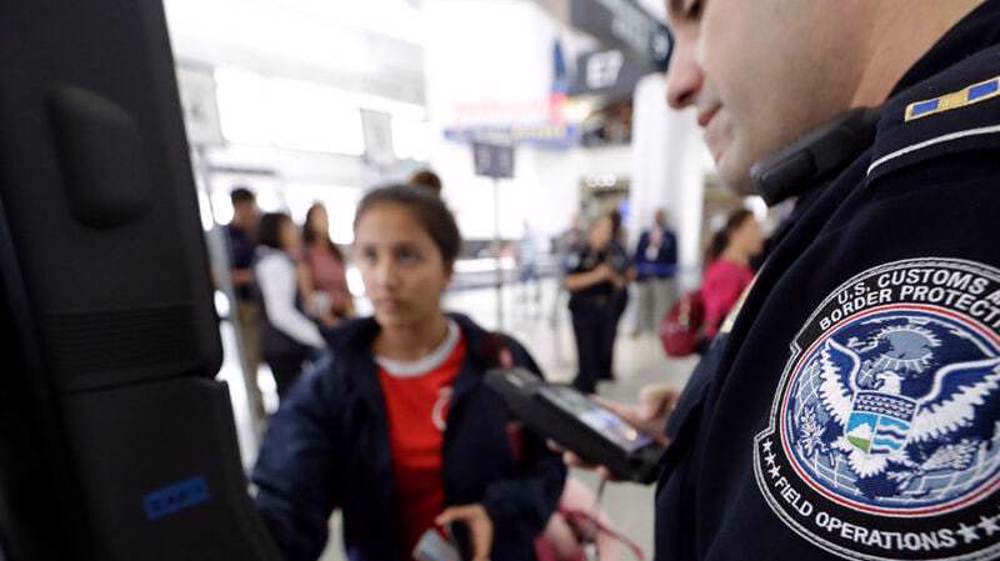US gives cover to Saudi use of cluster bombs in Yemen: Report
The United States is providing a “thinly-veiled cover” for the use of cluster bombs by Saudi Arabia and its allies in their military aggression against Yemen, says a report.
US State Department spokesman John Kirby said that cluster bombs were “permissible” as legitimate weapons of war if “used appropriately,” according to The Inter Press Service.
“If used appropriately, there are end-use regulations regarding the use of them. But yes, when used appropriately and according (to) those end-use rules, it’s permissible,” he told reporters earlier this week.
Steve Goose, director of Human Rights Watch's arms division, said such statement is just a cover.
“Any recipient of US cluster munitions has to agree not to use them in populated areas. Saudi Arabia may be violating that requirement. State and Defense Department officials are looking into that,” Goose told IPS in an interview.
Citing a Pentagon official, Goose said the United States is already aware that Saudi Arabia has used cluster munitions in Yemen.
He also said the states parties to the Convention on Cluster Munitions (CCM) are holding a conference next month and are expected to condemn Saudi Arabia for deploying internationally prohibited weapons in Yemen.
The CCM is an international treaty--adopted in 2008 and entered into force in 2010-- that addresses the “humanitarian consequences” and “unacceptable harm” to civilians caused by cluster munitions. The convention bans all use, production, transfer and stockpiling of cluster bombs.
Human Rights Watch, a driving force behind CCM, said last May that prohibited cluster munitions have wounded civilians, including a child, in attacks in northern Yemen.
The international rights organization posted photos showing remnants of cluster munitions and unexploded submunitions found in several areas, including al-Nushoor and al-Maqash in Sa’ada.
“These weapons can’t distinguish military targets from civilians, and their unexploded submunitions threaten civilians, especially children, even long after the fighting,” said Ole Solvang, a senior researcher at the emergency division of the HRW.

In August 2013, the US Department of Defense agreed to provide Riyadh with 1,300 CBU-105 cluster bombs manufactured by Textron.
The United States has more than doubled the number of its military staff “providing intelligence, munitions and midair refueling” for Saudi Arabia’s airstrikes on Yemen.
The number of so-called American advisers working at joint military operations centers in Saudi Arabia and Bahrain has risen from 20 to 45, according to The Los Angeles Times.
In addition, US warships have also helped enforce a naval blockade in the Gulf of Aden and southern Arabian Sea.
The Saudi onslaught has claimed more than 4,300 lives and forced more than 1.3 million others from their homes since March, according to United Nations agencies.
Pentagon funnels billions to Boeing for Israeli F-15s amid Gaza genocide
Report: Trump frustrated with Netanyahu but avoids public spat
VIDEO | Iran holds intl. event to mark 6th martyrdom anniversary of General Soleimani
Iran condemns Trump’s ‘grave and explicit’ threats, urges UN action
Israel bans over 30 aid groups in Gaza under new registration rules
VIDEO | Sudanese refugees build new life in Ethiopia
The Year That Was: Pro-Palestine campaigns that disrupted US-Israeli war machine in 2025
‘You may be surprised’: Iran’s top legislator warns enemies about scope of future defensive measures










 This makes it easy to access the Press TV website
This makes it easy to access the Press TV website